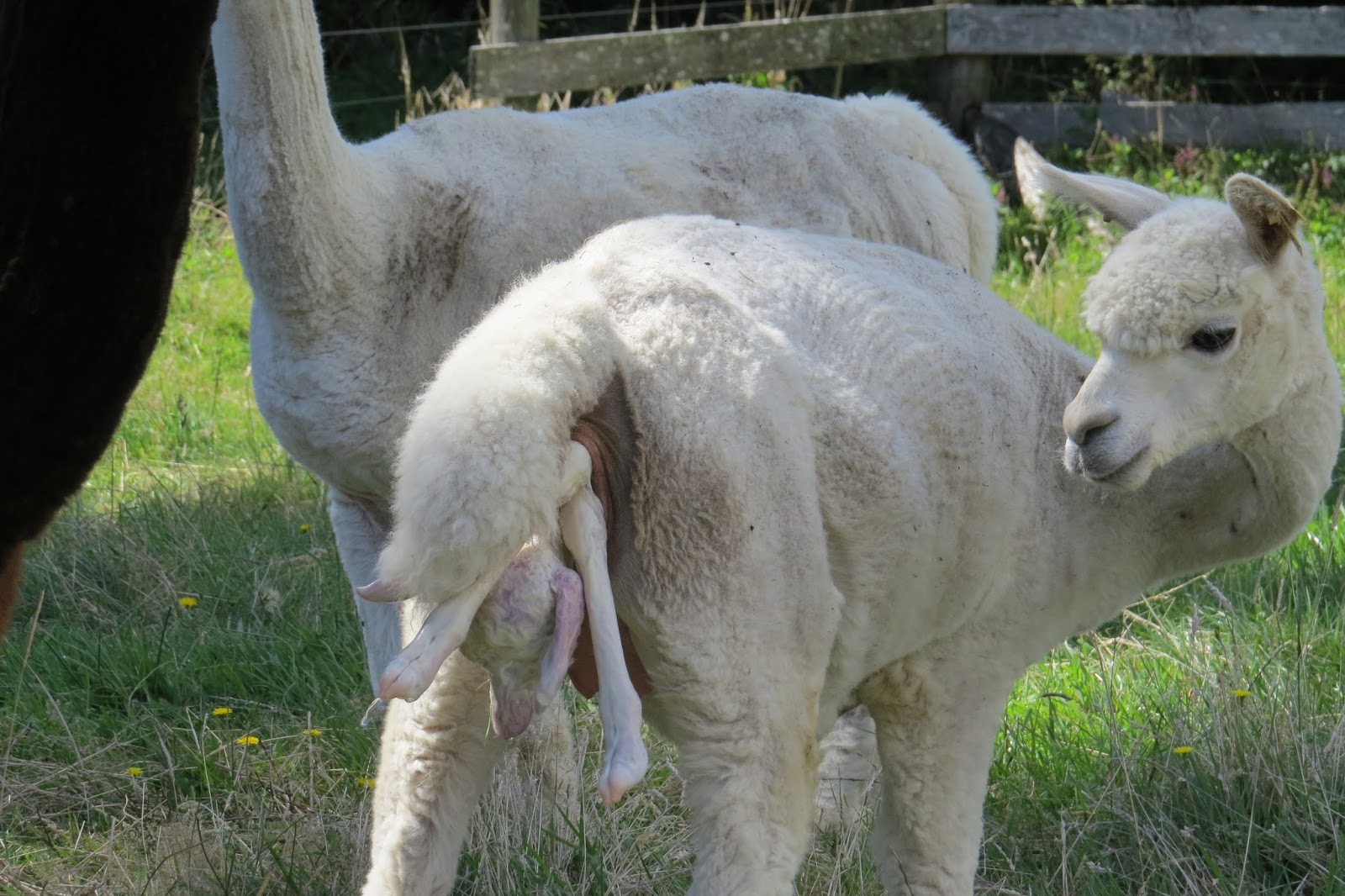 |
| The Chicken Run fast food restaurant on the highway in Denpasar. Fast food is common in most major cities around the globe, including many popular chains in the US. |
“Sightings on the Beach in Bali”
 |
||
We were thrilled to see the buffaloes strolling along the beach soon after we arrived.
|
At 10:00 am, after the buffet breakfast at the hotel drinking very few liquids to reduce the necessity of stopping, we loaded the van and were on our way, first to the market and at some point, an ATM.
Our regular Butu wasn’t our chauffeur this time. We got another Butu for the long journey to the villa. During our last stay in Bali, we wrote that children born of Balinese have only one of the four possible names.
Here’s the link to the post with a further explanation about the four names including mention of why we included the above “Sightings on the Beach in Bali” for each post during our stay, repeated daily during these two remaining months of this stay.
Butu couldn’t speak much English. Gede had explained where we needed to shop, a small well stocked grocer that sells “mince” (ground beef). For the period of two months, we had hoped to buy again 10kg, 22.2 lbs. When we approached the meat counter, the butcher explained he only had 5 kg available.
 |
| As we drove away from the hotel to begin the harrowing four or five hour drive to the villa. |
I asked if they could grind another 5 kg. The manager of the meat service came out of the back room smiling and bowing, happy to do pleasure. That’s the Balinese people for you, always happy to please.
After an hour in the market, finding most of the products on our list and while waiting for the meat, Butu carried the cool box (cooler) inside the store from the van after which Tom packed the meat, streaky bacon and dairy products with ice for the long road trip ahead of us.
The ground beef was a whopping US $97, IDR 1,278,250, translating to US $4.37 a pound for freshly, ground grass fed sirloin steak! Our total grocery bill was US $420.94, IDR 5,557,058, including most of the other grocery items we’ll use during the two month period.
Our total grocery bill was US$420.94, IDR 5,557,058, including most of the other grocery items we will use over the two month period.
 |
| Note the number of air con units atop this building. Many of our photographs will feature power lines that are seen everywhere. I’m sorry I didn’t take the time to remove those. I have software to that effect, but it is a tedious process that I would prefer to avoid. |
Most of the meals they prepare for us average at US $10, IDR 132,015 making our total daily food cost around US $17.52, IDR 231,290, quite the bargain considering we don’t do any of the cooking or cleanup. Having them cook and clean spoiled us so much that it was painstaking cooking in Phuket.
Anyway, once on the road on a beautiful sunny day, I decided I could distract myself taking as many photos as possible. With the massive amount of traffic, stopping frequently, I was able to open the van window to take shots while we weren’t in motion creating clearer photos.
On April 30th, when we made the first trip from the airport to the villa the long drive occurred later on a cloudy, rainy day, dark before we arrived. Taking photos during that drive was pointless.
Yesterday was heavenly, perfectly sunny with stunning clear skies. Figuring that searching for photo ops during the entire drive would keep me preoccupied, the time went more quickly than I imagined possible.
 |
| Internet cafes in other parts of the world may be referred to as “chat cafes” as is the case in Denpasar. |
Even Tom, who wasn’t happy about the long drive, spent time searching for photo ops distracting him for a while. By 3:30 pm, five and a half hours after we began, we arrived at the villa.
Ribud greeted us upon our arrival with two frosty glasses of fresh squeezed orange juice (none for me, thanks). Shortly later, Gede arrived to welcome us to see if we needed anything. Of course, we each shared how we’d spent the past two months. In the early evening, he returned, bringing us a loaded SIM card for my phone.
By the time the two Katuks arrived at 5 pm, we’d put all the groceries away, unpacked everything we’d use while here, leaving most of our clothing folded in our individual suitcases.Wearing swimsuits, all day, an occasional tee shirt and shorts, we put a few items in the closets and drawers.
The Ketuts prepared a lovely chicken satay dish with a peanut sauce (no sugar added), the stir fried vegetables we like so much, our usual salad and a serving of white rice for Tom. We were content.
 |
| There was no shortage of elaborate Hindu statues in front of and atop a building in Denpasar, the capital of Bali. It takes a full two hours to drive through the city. |
Again, we suggested they have dinner ready each evening at 5:00 pm allowing them to get home earlier to their families.
When we dine at 5:00 pm, they can be out the door by 6:00 pm leaving us to enjoy the remainder of the evening to ourselves.
Arriving each morning at 8:00 am, after shopping at the open markets, they clean the villa and do some prep for dinner. That leaves us with the middle of the day to ourselves.
As for my ongoing recovery, the flight day was easy. The four or five hour harrowing drive was tough. At this point, I just can’t sit for long periods in any type of seat. Even after a good night’s sleep, I’m still feeling the consequences of the long drive.
This morning once the girls arrived, we went for our first walk of the day with a plan to walk the roads in the mornings, the beach in the afternoon when they return. This prevents us from the necessity of closing the big doors and locking the house, especially when we have our digital equipment sitting out.
 |
| Apartments and houses line the highways. |
Also, it’s cooler during these two periods of the day, making the walk all the more enjoyable without the scorching sun beating down on us. Today, we’ll commence 20 minutes of basking in the sun for a much needed dose of Vitamin D and a little color to our now pale skin after a two month hiatus.
Then, each day we’ll spend time in the pool while I’m especially careful to avoid re-injuring my spine on that same sharp edge as I’d done on June 1st, a full three months ago. It’s been a long and painful period and I’m anxious to have it all behind me.
With the slow Wi-Fi connection here, we won’t be able to post lots of photos each day, but we’ll do what we can. No more than 45 minutes after we arrived, four buffaloes made their daily trek along the beach as shown in the above photos.
We laughed heartily watching the buffaloes, then looked at one another, smiles on our faces to be back in Bali.
For those in the US, have a safe and enjoyable Labor Day weekend.
Photo from one year ago today, September 3, 2015:
 |
| People, young and old, walk along the esplanade, the walkway along a beach in Australia. For more photos, please click here. |































































































